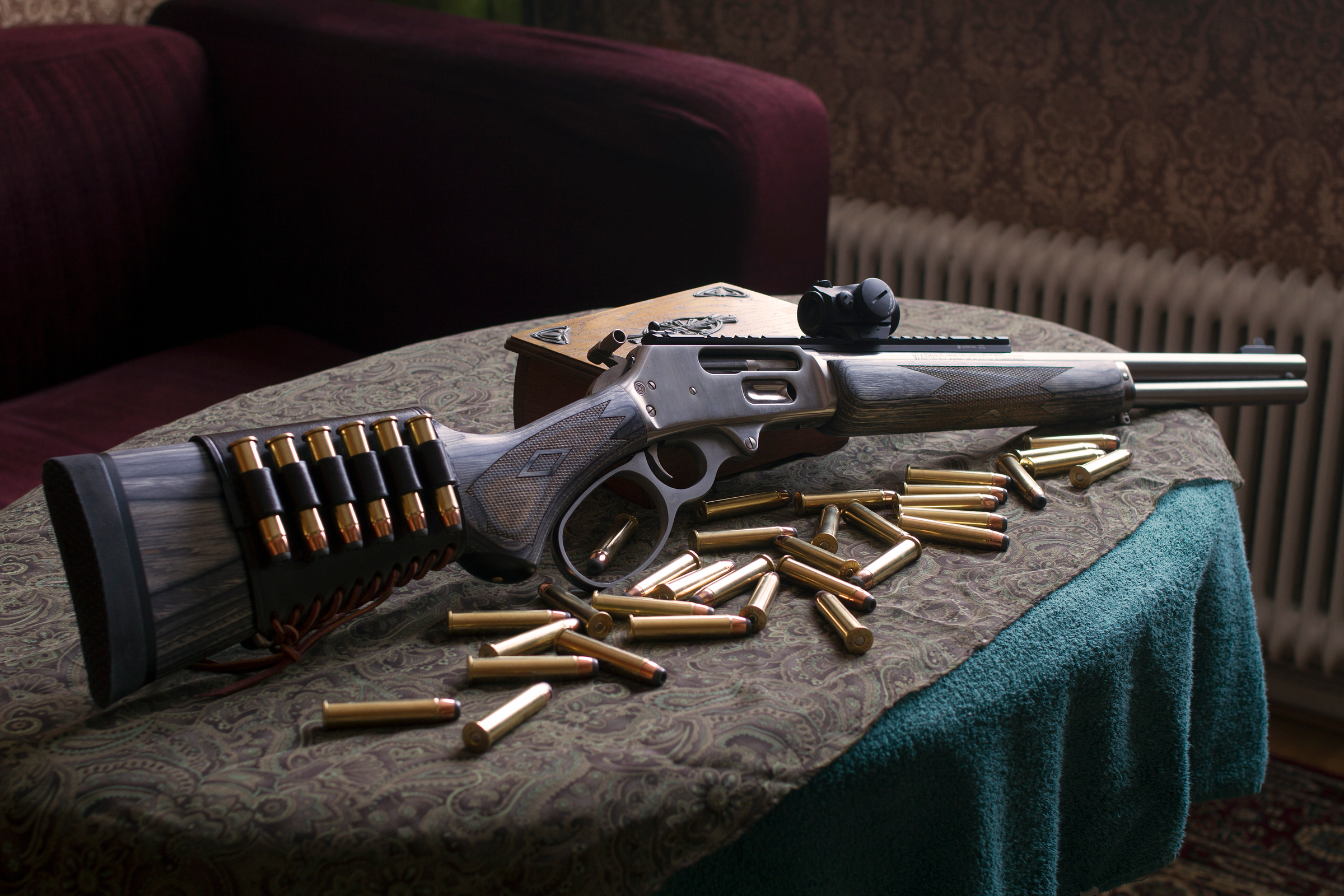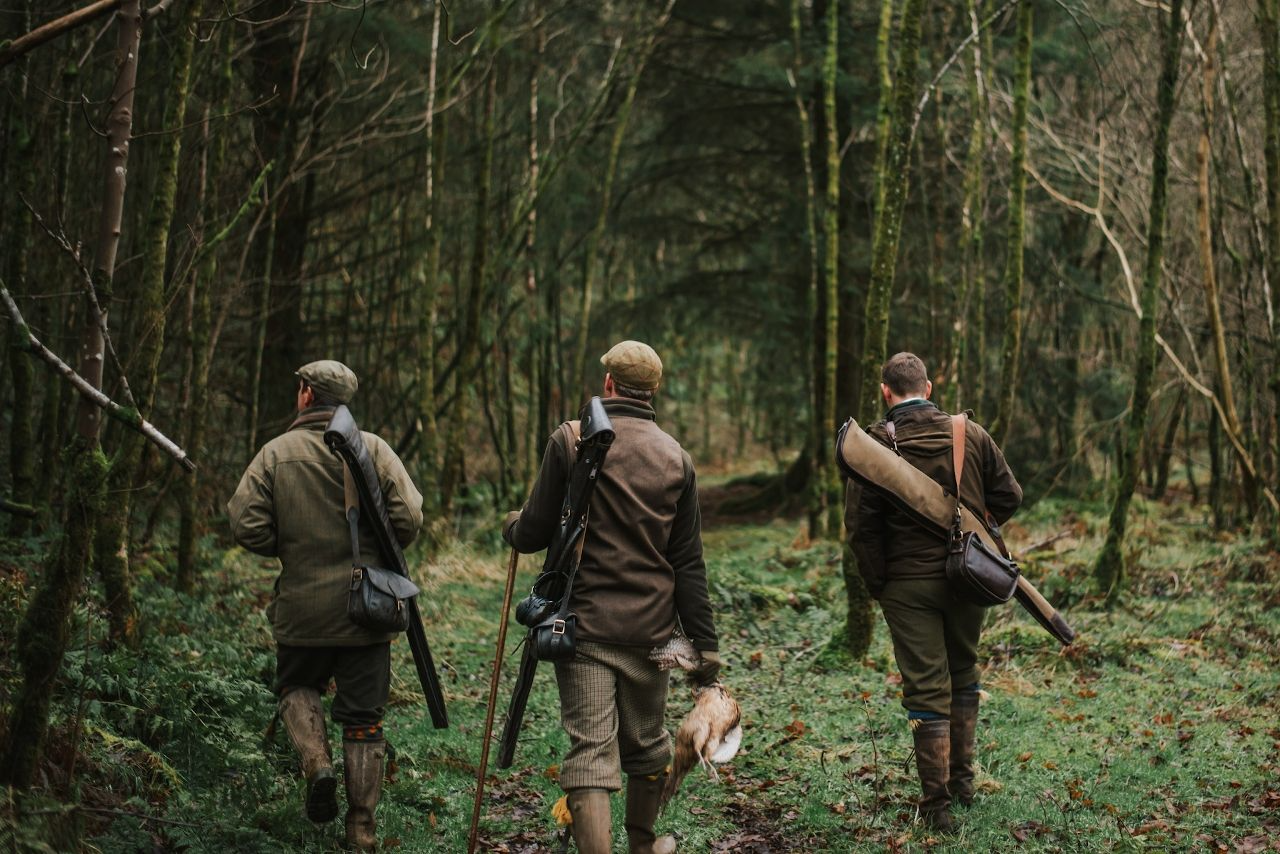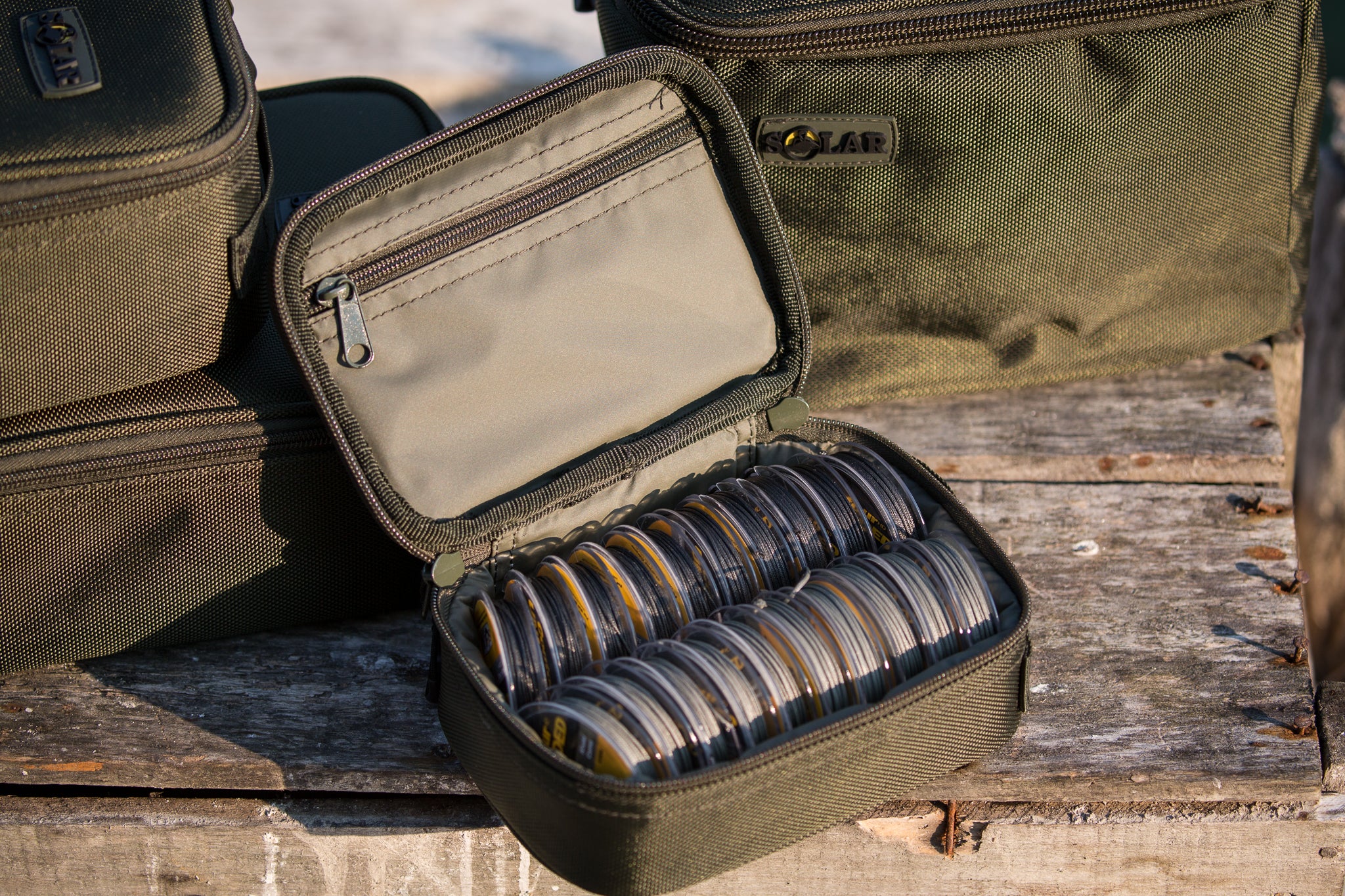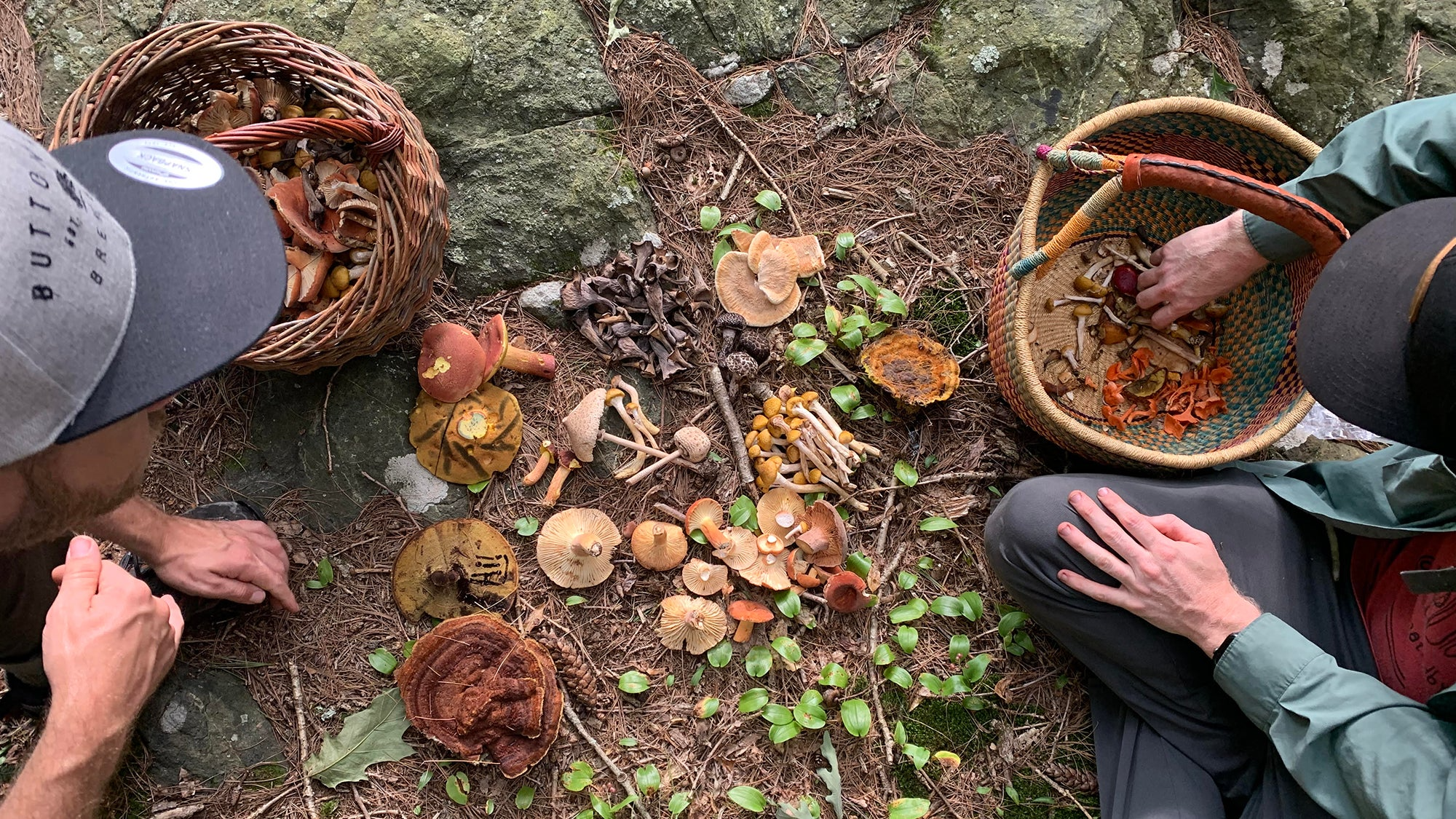How to Adapt Your Hunting Strategy for Early vs. Late Season?
Hunting success isn’t just about skill—it’s about timing and adaptation. The strategies that work in early season often fail in late season because animal behavior, food sources, and weather conditions change dramatically over time. If you want to improve your results, you need to adjust your approach as the season progresses.
How to Adapt Your Hunting Strategy for Early vs. Late Season?
Early Season Hunting Strategy
The early season is often defined by warmer weather, abundant food sources, and predictable animal routines.
1. Focus on Feeding Patterns
-
Deer, elk, and other game rely heavily on agricultural crops, grasses, and soft mast in early season.
-
Scout fields, orchards, and natural feeding areas.
-
Set up stands near food sources and travel corridors leading to them.

2. Take Advantage of Predictable Movements
-
Animals are less pressured and follow consistent routes.
-
Use trail cameras to monitor patterns and identify entry/exit points.
-
Morning and evening hunts are especially productive when temperatures are cooler.
3. Keep Your Presence Low
-
Animals are more cautious when it’s hot and quiet in the woods.
-
Minimize scent by hunting downwind and wearing scent-control clothing.
-
Use light gear and avoid over-sweating when hiking in.
Late Season Hunting Strategy
As the season progresses, food becomes scarce, weather harsher, and animals far more alert due to hunting pressure.
1. Target Winter Food Sources
-
By late season, crops are harvested and soft mast is gone.
-
Focus on remaining food plots, acorns, or winter browse.
-
If hunting farmland, find the last standing corn or soybean fields.
2. Adjust for Weather Patterns
-
Cold fronts drive animals to feed more aggressively.
-
Hunt before and after storms, when game is more active.
-
Prioritize warm bedding areas near food sources, such as southern slopes or thick cover.
3. Expect Nocturnal Movement
-
Animals may feed mostly at night to avoid hunters.
-
Focus on transition zones between bedding and feeding areas.
-
Midday hunts can sometimes be productive when deer move in response to cold weather.
4. Use Stealth and Patience
-
Animals are heavily pressured by late season and extremely cautious.
-
Hunt from ground blinds or natural cover to stay concealed.
-
Spend longer hours in the stand—late season success often comes to those who wait.

Gear Adjustments for Each Season
-
Early Season: Lightweight clothing, bug protection, and hydration packs are essential.
-
Late Season: Insulated boots, layered clothing, and portable heaters for blinds help you endure long hours in the cold.

Final Thoughts
Adapting your strategy from early to late season is the key to consistent success. In the beginning, focus on feeding patterns and predictable movements, but as the season progresses, shift toward scarce food sources, weather-driven behaviors, and patience. Hunters who evolve with the season dramatically increase their odds of harvesting game when others go home empty-handed.























